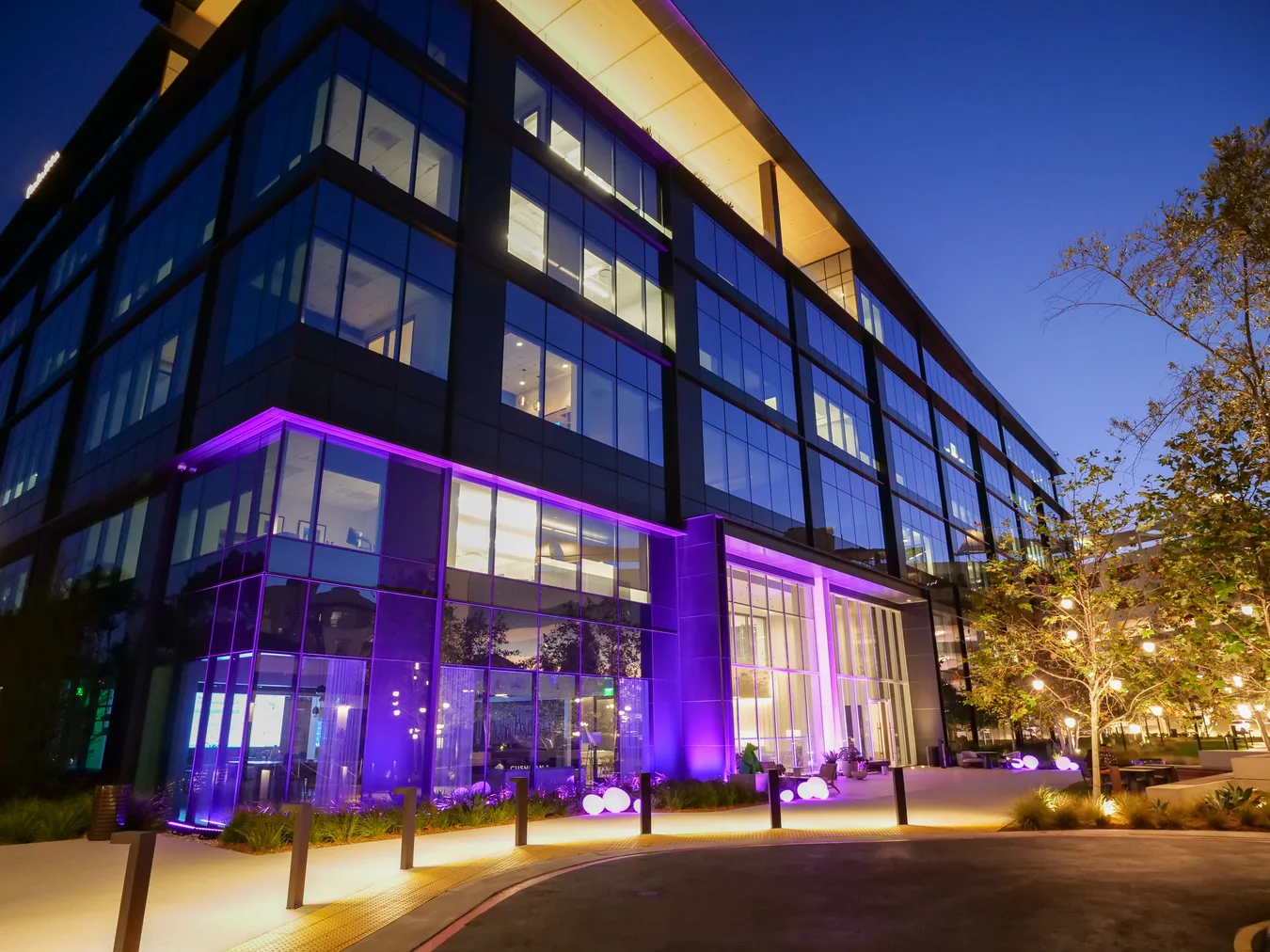May 15, 2020 - Employee Spotlight

Like so many of you, we at Acadia are sheltering in place as we confront COVID-19. We’re also still hiring. Before the pandemic, we spoke with Ponni about her work at Acadia. While life looks a bit different right now, we think it’s valuable for you to hear her story as you consider joining our team.
“The key is to have diverse perspectives—no matter what you do, whether you’re in the field or at headquarters, your voice is important.”
We know the work at Acadia can often be fast-paced. Why is it worth it to you?
I’m a neurologist by training, and I used to care for people who had dementia and Parkinson’s disease. So I’ve seen firsthand how devastating central nervous system disorders can be. A patient experiencing delusions and hallucinations due to Parkinson’s disease psychosis may experience increased distress and reduced quality of life. This can also lead to increased burden for the caregiver. Anything we can do to help them, to decrease the frequency or severity of their symptoms, is hugely important.
It’s been more than 20 years now since I treated patients—I moved into industry early on in my career because I was really interested in research. I spent 16 years at Pfizer, then moved to a nonprofit doing drug development for the developing world, and most recently worked on addiction and mental health treatment. So in a way, joining Acadia to work on Parkinson’s and dementia was like coming home. It was a chance to take all my experience over the years and use it to forge new paths that, hopefully, will help millions of patients and their families.
How is Acadia different from other places you’ve worked?
I’ve been blessed to have a really fun career—I’ve enjoyed every job I’ve had. But I do believe every company is unique, and that’s because of its people. There’s a shared passion and drive at Acadia that’s contagious. It’s a fast-paced place. And even though I joined fairly recently, I’ve already been so impressed with the professionalism of my colleagues here. I’m really happy to be at a place that’s so energetic about helping people. We want to be a successful company and deliver value for our shareholders, of course, but we’re doing a lot of good in the process.
How has your work changed since the pandemic began?
Because I’ve never been a remote employee before, the initial transition to working from home was a challenge. And while it’s been a bit tedious sitting in the same chair all day, there have been a lot of positive learnings. I’m impressed with how seamlessly Acadia incorporated digital tools to help our workflow remain as smooth as possible. For me, video meetings—rather than just phone calls—have offered the chance to really get to know my colleagues, since I joined the team five months before COVID. We’re seeing people in their own spaces, with their dogs or kids occasionally joining. And I’ve emphasized to my team that those moments are all good—we don’t need formality right now. It’s a great opportunity to learn more about each other.
We’ve even onboarded new team members during shelter-in-place, and I also feel very connected to them. I’m part of the COVID Response Team, too, and we meet every day. I’m really moved by how close I feel to that group, even though we’ve only been working together since the crisis hit.
Tell us more about the COVID Response Team.
The COVID Response Team is composed of senior leaders within Acadia. As Chief Medical Officer, I represent the medical aspect of our work, but we have people from Commercial, People & Performance, Legal, Operations, Safety, IT, Corporate Communications, Clinical Operations, and of course from the executive level. Acadia deliberately created such a multifaceted team so different perspectives come together to help us successfully navigate this challenging time. From the beginning, we’ve considered all the public health guidance and the conditions in our two offices and the various regions where we have people in the field—and then we’ve tried to communicate with transparency and clarity, always putting our employees and our customers first.
Featured Perspectives

October 9, 2024 - Acadia Story

